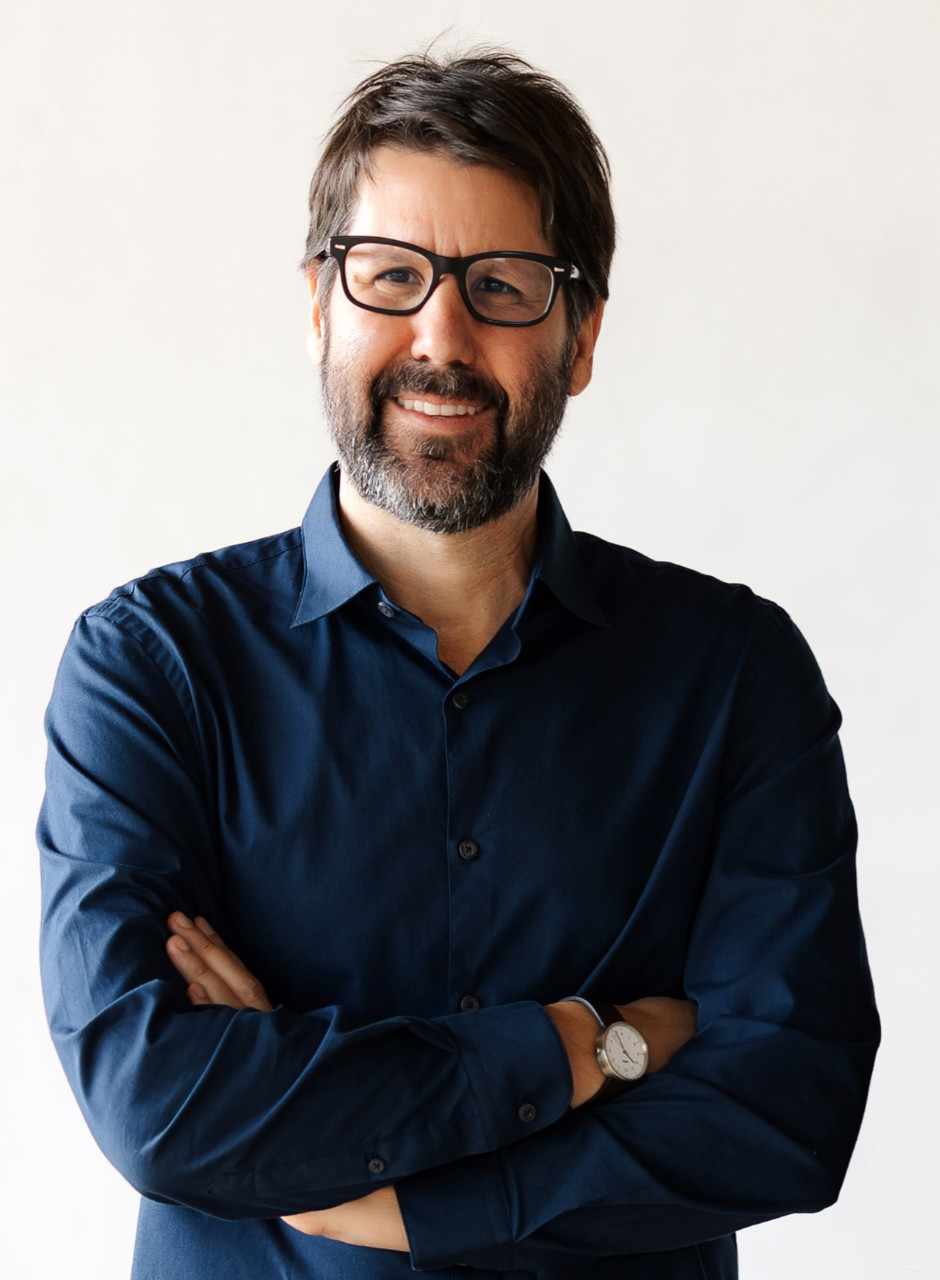
Portrait photo courtesy of Bruno Campos.
South America
Brazil
Belo Horizonte
Bruno Campos is an Architect who graduated from the Federal University of Minas Gerais and holds an M.A. in Housing and Urbanism from the Architectural Association School in London. He collaborated with various architects in Brazil and New York before establishing his practice in 2001 with Marcelo Fontes and Silvio Todeschi.
Since then, BCMF has been involved in the development of a broad range of outstanding projects, especially those of large size and complexity.
Among the studio's main built projects, the Deodoro Sports Complex (National Shooting, Equestrian, Field Hockey, and Modern Pentathlon venues), built for the Rio 2007 Pan American Games and the Rio 2016 Olympics, has received high international recognition, triggering unique work opportunities in the sports field for the practice.
In 2009, BCMF Arquitetos was selected by the COB (Brazilian Organising Committee) to develop the official masterplan for the winning Rio 2016 Olympic Games Candidature, when Rio competed against Chicago, Madrid, and Tokyo.
In 2010, the Minas Arena Consortium commissioned the studio to renovate the Mineirão Stadium, one of the venues for the 2014 FIFA World Cup and the first stadium in the world to receive LEED Platinum certification.
They also designed the new Google Headquarters in Belo Horizonte and Google’s Event Space in São Paulo.
FAST COMPANY listed BCMF Arquitetos as one of the top ten most innovative companies in South America. BCMF´s work has been widely exhibited and published in Brazil and abroad and is acknowledged as one of the leading practices of the new generation of Brazilian architects.
The Local Scene
Field of Opportunity
Urban Planning
Contrasting Architecture
I am based in Belo Horizonte, the estate of Minas Gerais.
Oscar Niemeyer started his career as an architect in Belo Horizonte and therefore the city is considered to be the birthplace of Brazilian freeform modernism.
There is an enormous field of opportunity in South America, particularly in Brazil. With a population of 211 million people, Brazil only has 100,000 registered architects.
The country is home to numerous cities with over 1 million residents.
Striking contrasts between wealth and poverty characterise Brazil's urban landscape. These stark urban differences are notable traits of the cities.
In a city like Rio de Janeiro, which has a population of 6 million and 2 million people living in favelas (informal settlements), while the surrounding nature is strikingly beautiful, the city has poorly planned urban areas.
The country's public infrastructure needs major improvements; everything is aged, the train system is almost non-existent, and the roads are in disrepair.
When Alejandro Aravena (from Chile) visited Brazil, he was struck by the poor state and imagination of our contemporary architecture. Most of the buildings are not true to the climate, landscape or even Brazilian modern traditions. He emphasised that the issue of improving the urban condition is never quite a lack of funds but rather a lack of coordination between public and private actors.
In the housing construction industry, only around 10% of the work is designed or carried out by architects. Roughly 18% of the work involves an architect or engineer for design and approval, while the rest is informal development.
Architects operate in a tiny spectrum of the market or the society.
We (architects) operate in a tiny spectrum of the market or society. It is unbelievable that architects are not involved in many construction projects, such as data centres and public housing, which have huge impacts on our landscape. The government's public housing program consists of poorly designed housing estates disconnected from the city, creating inanimate towns without any commerce or services, where residents must commute long hours for work. Billions of money are poured into those schemes.
Brazil's five regions are extremely distinct from north to south and from east to west, and they offer great diversity. If all of Brazil's urban areas, cities, roads, infrastructure and factories were condensed, their entire built area would occupy less than 3.5% of the country's total surface area.
The annual growth rate in the country's central-west area is about 6-7% (similar to the cities in China), driven by the agribusiness sector. In the south, skyscrapers in Balneario Camboriú, for example, are soaring 60 to 150 stories high, resembling a mini-Dubai with high property prices.
In contrast, the North and Northeast regions are underdeveloped and operate on a limited budget, depending mostly on government subsidies, mining, oil, and emerging green energy, which have great potential but are still incipient.
Despite the significant need for infrastructure, housing, and other developments, architects are rarely at the forefront of these projects. Most are limited to designing single-family luxury homes and upscale buildings for the real estate market, and many are entirely driven out of the profession.
Less than 10% of graduates continue in the field, with the majority eventually giving up.
It is a challenging industry.
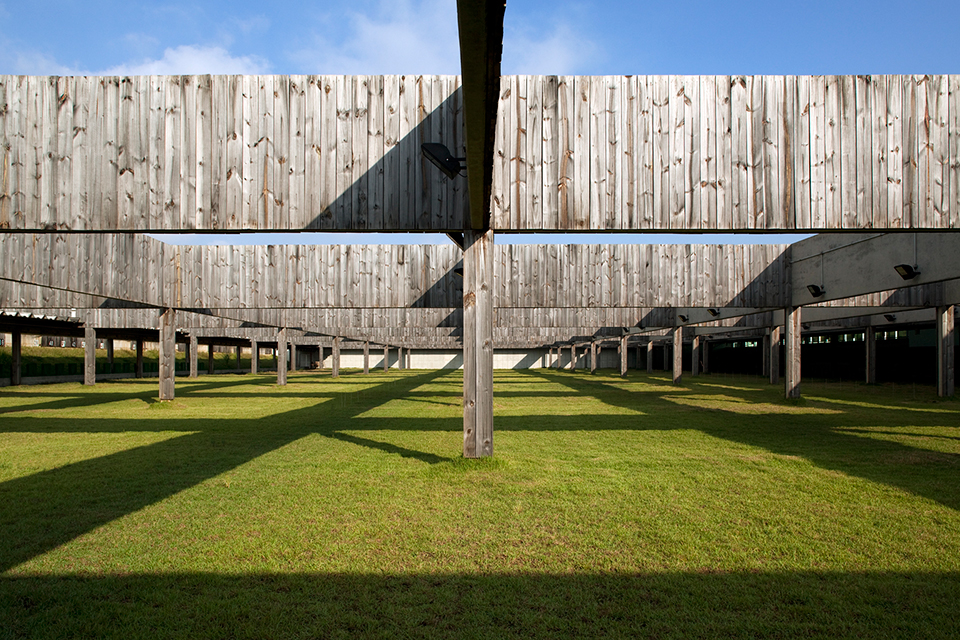
The Deodoro Sports Complex in Rio de Janeiro by BCMF Arquitetos. Photo courtesy of BCMF Arquitetos.
The Region
Disintegrated
Politics and Mercosul
Brazil has by far the most robust economy in South America and is the eighth largest economy in the world but it is still isolated from the world and the region.
The country is of continental size and has a different language from its neighbours. While resembling other South American countries, Brazil exhibits significant internal diversity across its northern, southern, and central regions, each characterised by distinct cultural traditions.
The South American countries need to be better integrated as a continent. The Southern Common Market (Mercosul) was supposed to create an open border and promote integration among neighbouring countries, but it did not work as intended. For example, it is more affordable and more accessible to travel to the USA or Europe from here than to some neighbouring countries.
Except for those personal connections, there seems to be little stimulus for cross-pollination among South American countries. We are like isolated islands, an archipelago rather than a continent.
During the peak of the 2016 Olympic Games and the opening of the 2014 World Cup, architects from Portugal, Argentina and Chile were keen on working in Brazil, but this was not easy without going through a set of lengthy legal requirements and excessive bureaucracy.
Although Portugal has a relatively open border arrangement with Brazil, Portuguese architects have faced significant challenges when working legally in Brazil despite the close cultural and linguistic ties between the two countries.
Our firm tried working on a stadium project in Bolivia and on some Sports Venues in Peru, but we found it very complicated to work in such an environment due to the overwhelming politics and bureaucracy involved. Even though we collaborated with a global practice that specialised in large-scale projects abroad, we consistently faced obstacles as everything seemed tied to political lobbies, which we aimed to avoid getting involved with.
The most effective way to collaborate and work across borders is probably through connections within the industry, particularly with colleagues familiar with your expertise, and to cultivate a sense of camaraderie with architects whose work aligns and complements one another. Complexity, heavy politics, and bureaucracy can hinder engaging with work via official channels, despite the efforts of public agencies like APEX (the Brazilian Trade and Investment Promotion Agency).
Except for those personal connections, there seems to be little stimulus for cross-pollination among South American countries. We are like isolated islands, an archipelago rather than a continent.
The Profession
Poor Quality Of Architecture
Professional Examination
Commissions From The Suppliers
There are discussions around the poor quality of architecture poured into the market due to inadequately prepared graduates from many architecture schools in the country. To combat the problem, professional competency examinations—similar to those in the USA and the UK—should be considered.
Although the Architect's title is protected in Brazil, obtaining one is easy. To register as an architect, one must simply have a degree from an architectural school and pay the annual fee to CAU (The Council of Architecture & Urbanism).
If an architect with a qualification from abroad wishes to register in Brazil, they must have their resume validated, which could take at least one year or more or even never happen at all.
Many architects work for the municipality or relevant public agencies, covering planning reviews, heritage protection and environmental roles. Whenever a project requires approval from the municipality, city architects and various committees review it exhaustively. Working for the government provides them with job security and a stable income.
There are discussions around the poor quality of architecture poured into the market due to inadequately prepared graduates from many architecture schools.
The current trend and problem in the private sector is the black market for receiving commissions from suppliers. For example, if an architect is to specify a particular product from a specific furniture company, they usually receive a commission from that company instead of charging a decent professional fee from the client.
Apart from creating a conflict of interest, this downgrades the profession by lowering the professional fees, and the architect acts as a salesman for those suppliers.
It is a sort of institutionalised corruption. We are one of the few firms in the country that have never done that.
The CAU- Council of Architecture and Urbanism (Conselho de Arquitectura e Urbanismo) had long prohibited architects from accepting commissions from suppliers, as outlined in their code of conduct and ethics.
However, they are now reconsidering this rule after discovering, in a recent poll, that 86% of the professionals had at some point received such commissions, and almost 70% are actually in favour of reviewing the code of ethics.
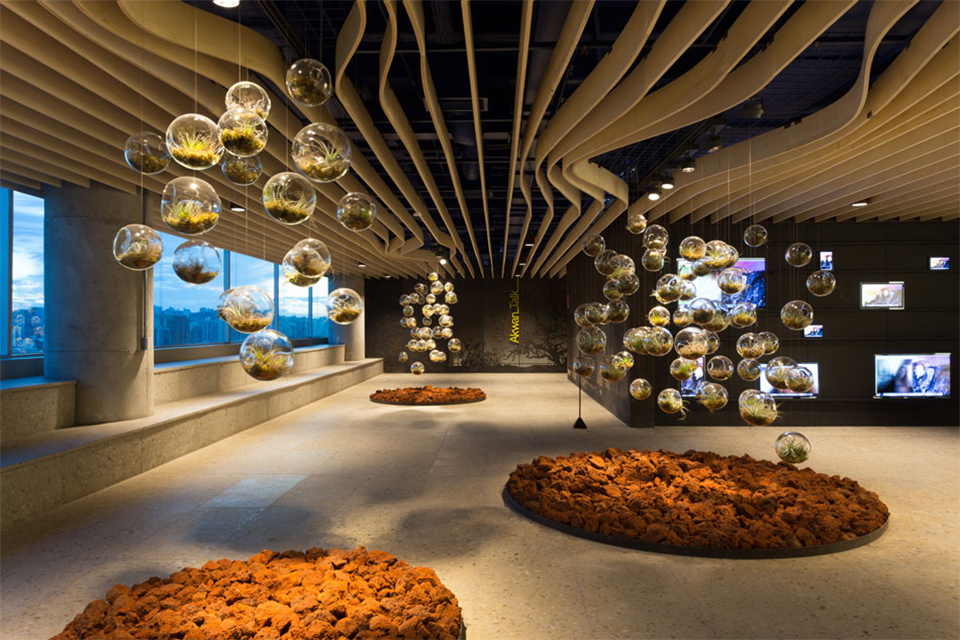
Google Engineering Centre in Belo Horizonte by BCMF Arquitetos. Photo courtesy of BCMF Arquitetos.
Contributing To Change
Redefining The Sustainable Agenda
Valuing Our Time and Doing Our Part
If architects were to reconsider their role in society and how they can gain the power to advance matters relating to the built environment, becoming politicians - as suggested by IAS - may not necessarily result in a positive change.
Architect Jaime Lerner, the author of "Urban Acupuncture" and the pioneer in developing rapid public transportation infrastructure in Brazil, served as a mayor and governor and was primed for the presidency. However, he unexpectedly stepped back from politics, leading one to believe there were likely power struggles and unmet expectations. He returned to practising architecture again.
This example suggests that the political stage is a different realm that architects may find challenging to navigate without becoming entangled in corruption and conflicts that clash with their core values.
The best way to contribute to society is through our work as architects, ensuring quality and thought-through projects and creating awareness about the issues in our built environment. If we do this effectively at any job, regardless of scale and budget, we will make a change.
It is crucial to genuinely care about the broader issues affecting our work rather than merely pretending to care.
For instance, when speaking about sustainability, I believe in achieving sustainability through appropriate materials, design, and architectural typologies. However, the current emphasis on the "green" agenda seems to be losing value and becoming detached from architecture. This is especially evident when considering the bureaucratic nature of building certification systems, which are often irrelevant to the actual architectural design.
Our firm worked on renovating and remodelling the Mineirão Stadium, the world's first certified LEED platinum soccer stadium. We did not anticipate achieving LEED platinum certification due to the numerous issues in the existing stadium.
We later learned that the certification had little to do with architecture. It was based on, for example, whether the tyres of the trucks delivering materials were washed or if the project financially supported a public project, whether the old concrete was recycled, the energy performance of the building and so on. Architecture issues took little part of the certification criteria.
The main aspect of the architectural design that we believed was sustainable in our project did not contribute directly to the LEED certification.
Our efforts to design the staggered podium around the stadium - which covered an area of 200,000 square meters - involved adapting to topography to save the earthwork and to minimise the need for excavation and earthmoving did not really count towards the certification.
This was the main aspect of the architectural design that we believed was sustainable in our project, but it did not contribute directly to the LEED certification.
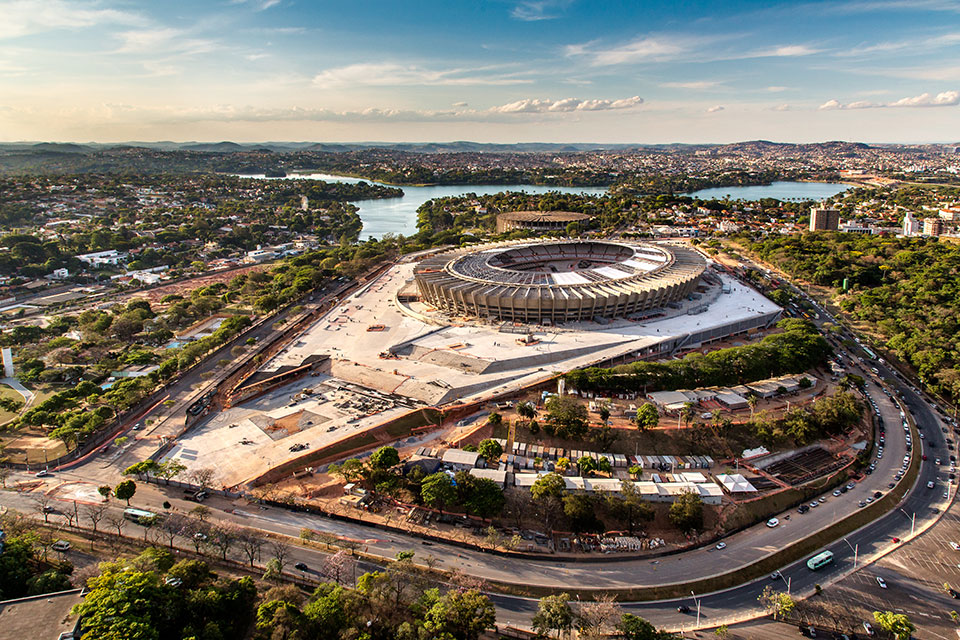
Mineirão Stadium in Belo Horizonte remodelled and renovated by BCMF Arquitetos. Photo courtesy of BCMF Arquitetos.
Regarding “Net Zero Carbon”, things have reached a point -especially in government contracts and large corporate companies- where they do not make any sense. I have started to receive RFPs that require me to calculate my carbon footprint for a corporate office of 2000 sqm.
If we consider the gases in the atmosphere, there is 78% nitrogen, 21% oxygen, 1% argon, and 0.035% Co2. If we then take 8 billion people from every city, factory, car, and everything, man is responsible for the emission of 3% of the 0.035%, which is 0.00105%.
Brazil is responsible for 1.3% of global emissions (China and the USA are responsible for most). 1.3% of 0.00105% is 0.000013%. The entire construction industry is responsible for 40% of that, which is 0.000005%—barely a reasonable number!
Nowadays, we have to hire “Carbon Tracking Consultants”, and spend an incredible amount of our time and resources on this, while important architecture issues are overlooked. We are all in favour of preserving nature and avoiding waste and pollution, but this insane micro-managing of absolutely irrelevant traces of carbon seems to be an incredible waste of our time and talent as architects. This whole situation reminds me of a famous quote by Peter Drucker: “There is nothing so useless as doing efficiently that which should not be done at all.
Time is our most valuable asset; we must spend it wisely. It is important to avoid getting caught up in the tick-boxing exercise imposed by the government or corporate firms and to stay focused on the issues affecting architecture and our built environment.
The general public preserves buildings because of their love for them, not their sustainability certifications.
International Influence
Talent Exchange
Opportunities and Hope
Architectural firms that work internationally or win international competitions often spend more time understanding their context and clients due to their limited knowledge of the project’s background. This usually results in a more sensible approach.
For example, in my opinion, the best example of contemporary Brazilian architecture was not designed by a Brazilian architect; Arena do Morro by Herzog & de Meuron is located in a remote and poor area of the Northeast and is a perfect blend of simplicity and sophistication.
Despite the context being unfamiliar to the architects, they tackled this public project with limited funding and resources.
This shows that the challenge is not the budget - Brazil has the funds to support such projects.
However, some of the local professionals criticised Herzog & de Meuron for creating something "too Brazilian" and not groundbreaking enough.
This reaction stems from envy and resistance within the local industry, which tends to push back against foreign influence.
It is hard to imagine there is so little international collaboration in a country as large as Brazil. The political and legal barriers make it difficult for outside talent to contribute.
We must acknowledge that opportunities arise during a crisis, and we should use these opportunities to work and collaborate with professionals from other countries.
If there were a way to facilitate this exchange of talent—something that is still challenging in Brazil—it would be a source of hope. The resulting knowledge exchange and coordination would be invaluable.
September 2024
Interview by International Architects Sweden.
Read More
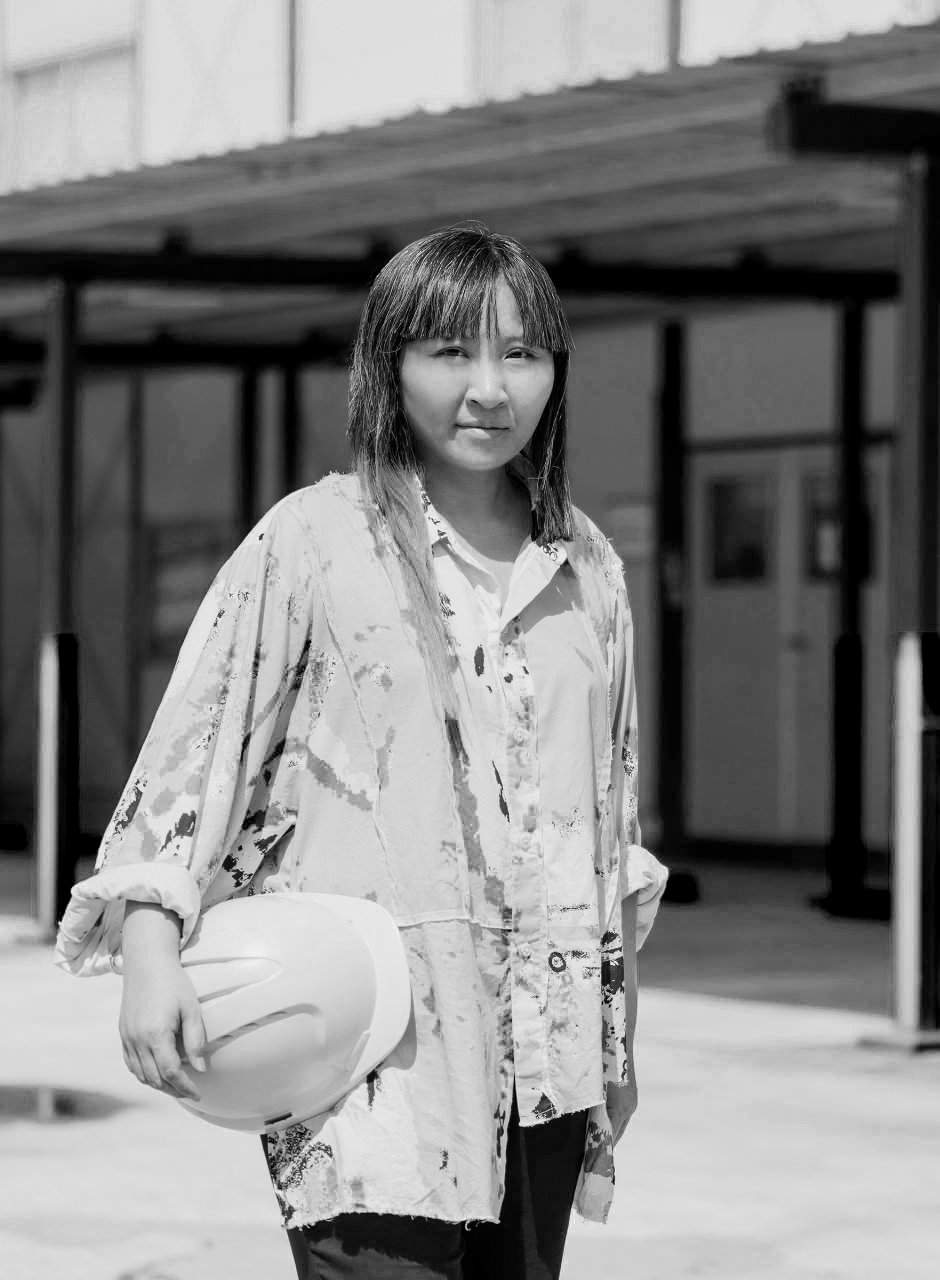
Vivien Leong || SingaporeGlobal Dialogues
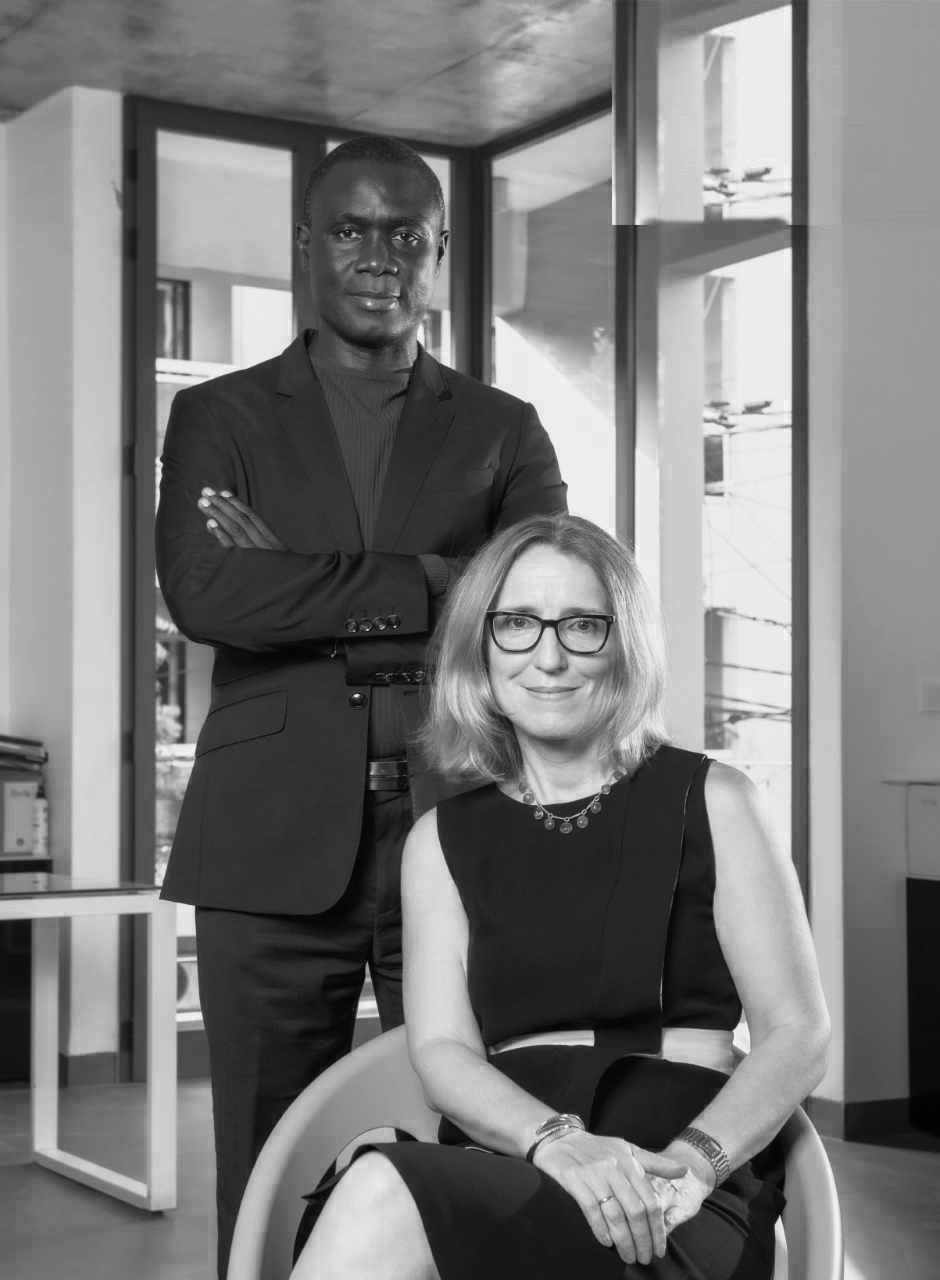
SENE STUDIO|| SenegalInterview
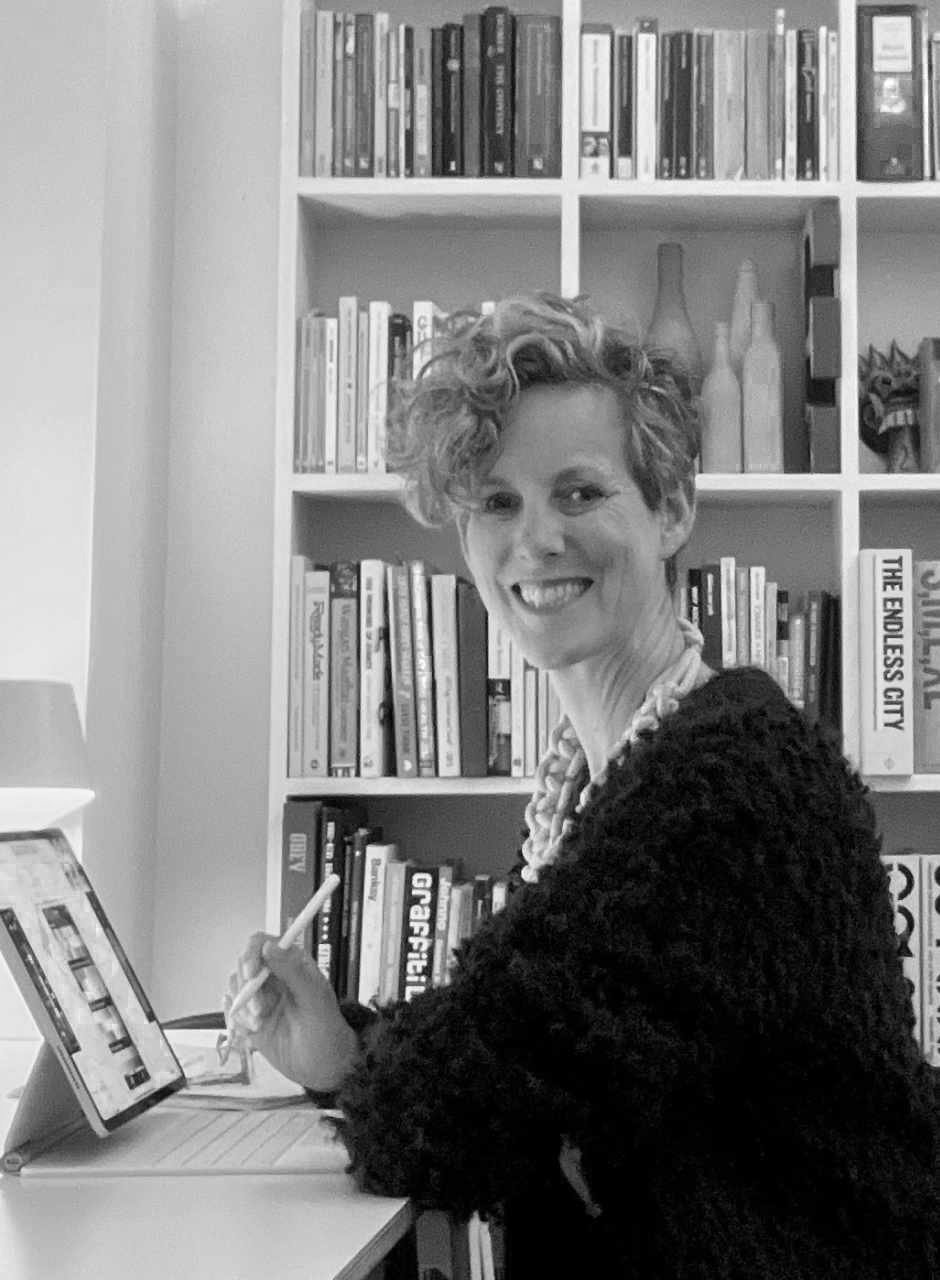
Angela Dapper|| AustraliaGlobal Dialogues
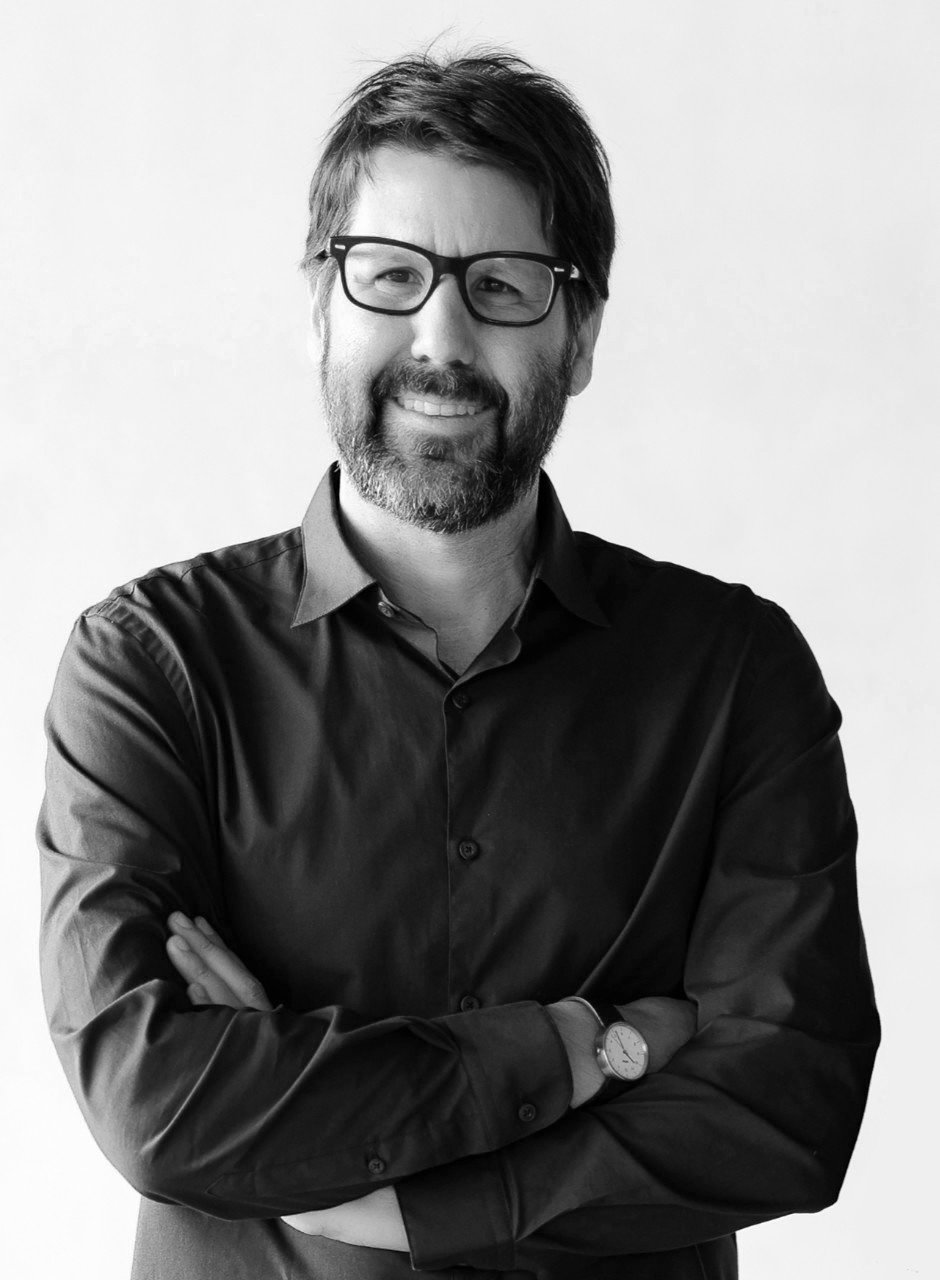
Bruno Campos|| BrazilGlobal Dialogues

Habibeh Madjdabadi || IranGlobal Dialogues
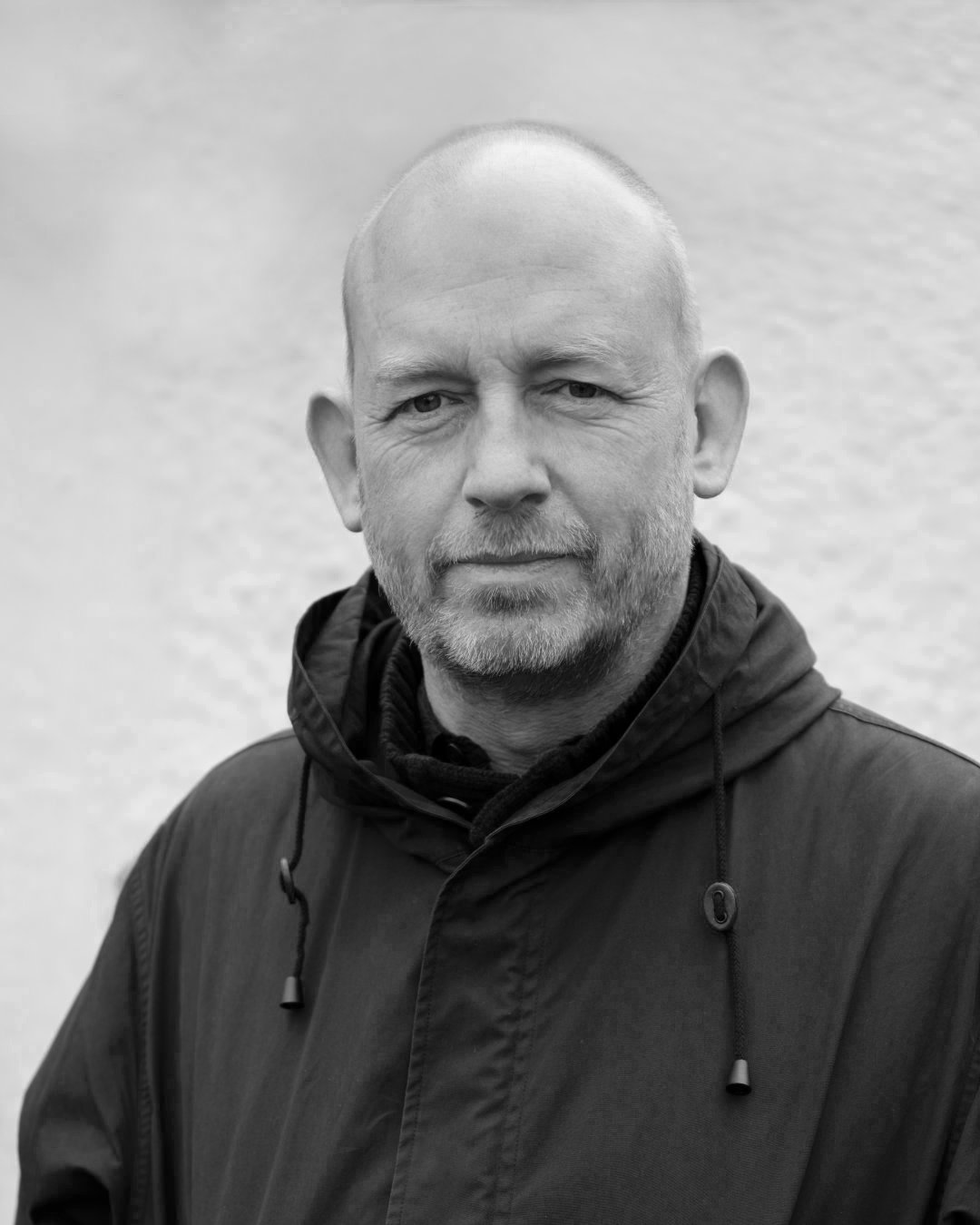
Jake Ford|| SwedenGlobal Dialogues

Pascale Sablan|| USAGlobal Dialogues
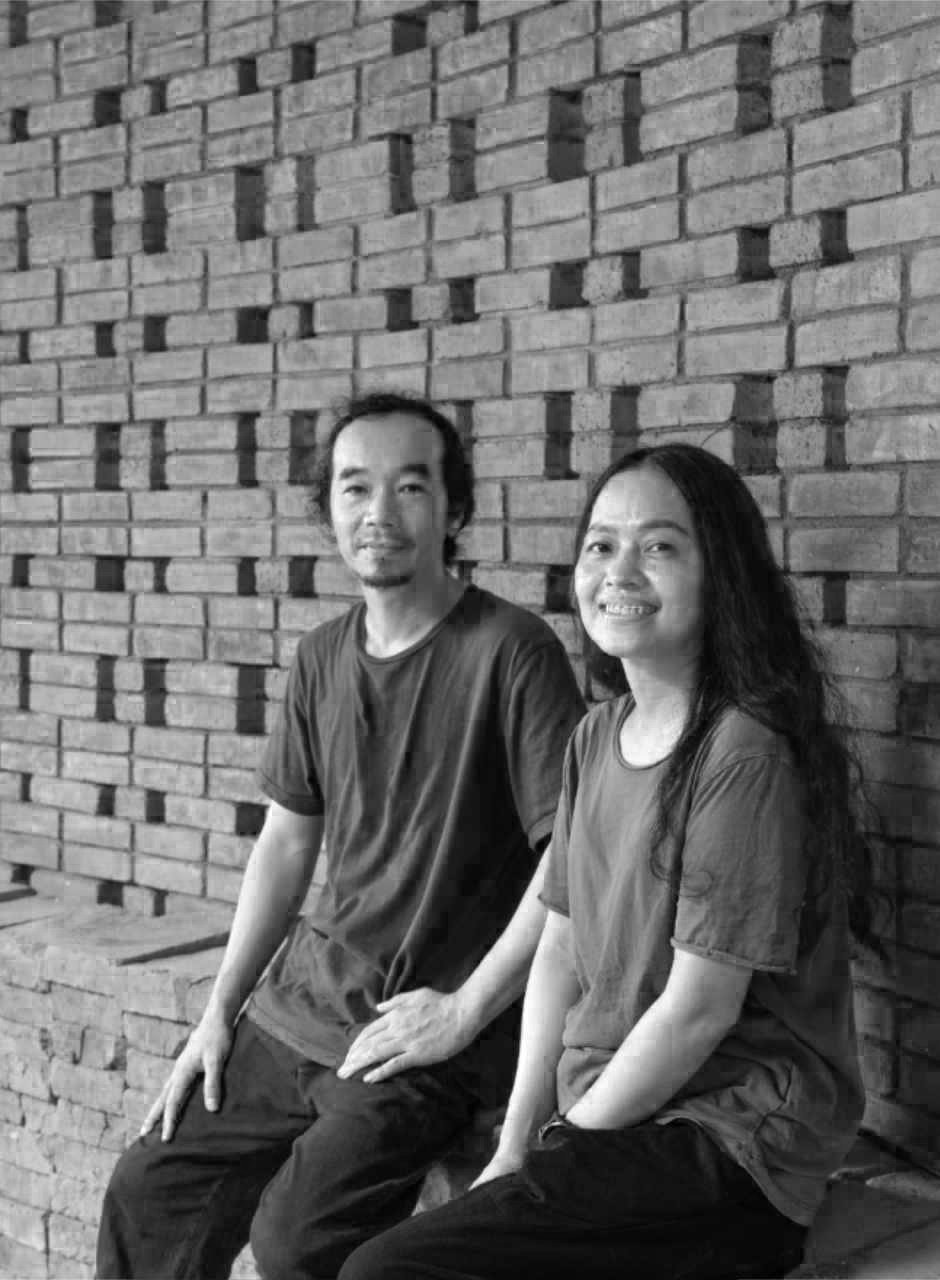
Tropical Space|| VietnamGlobal Dialogues
